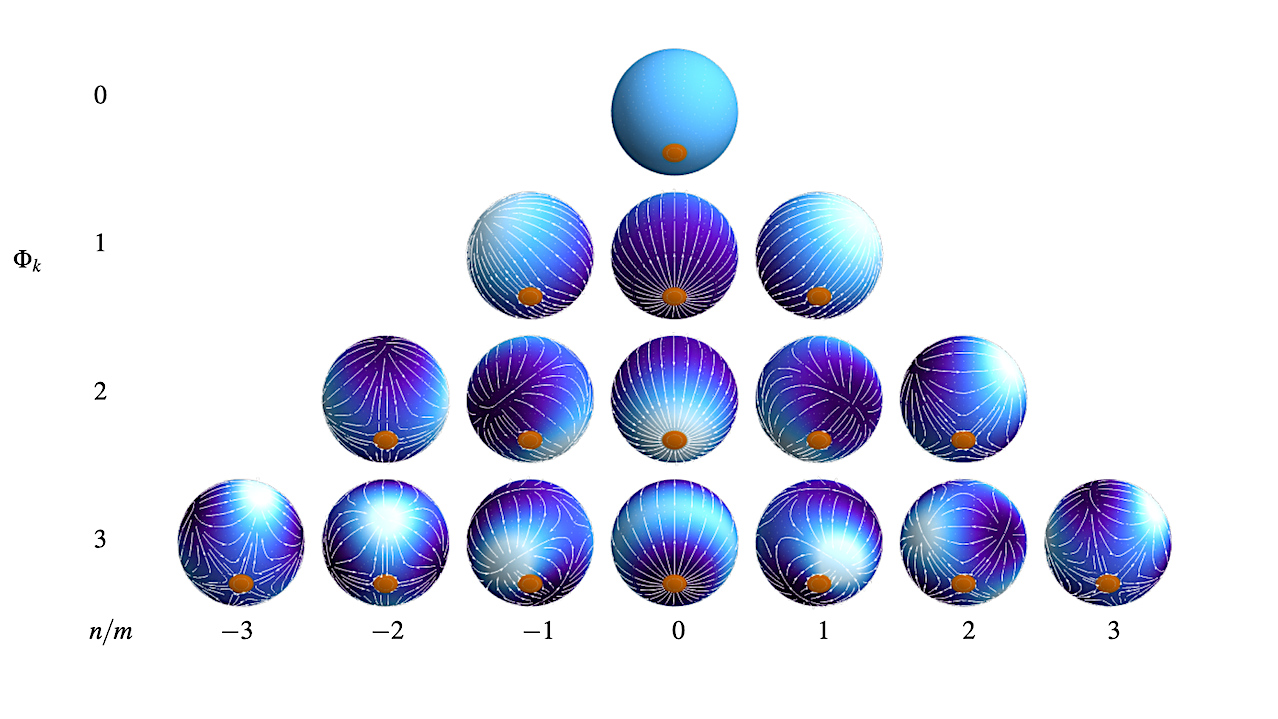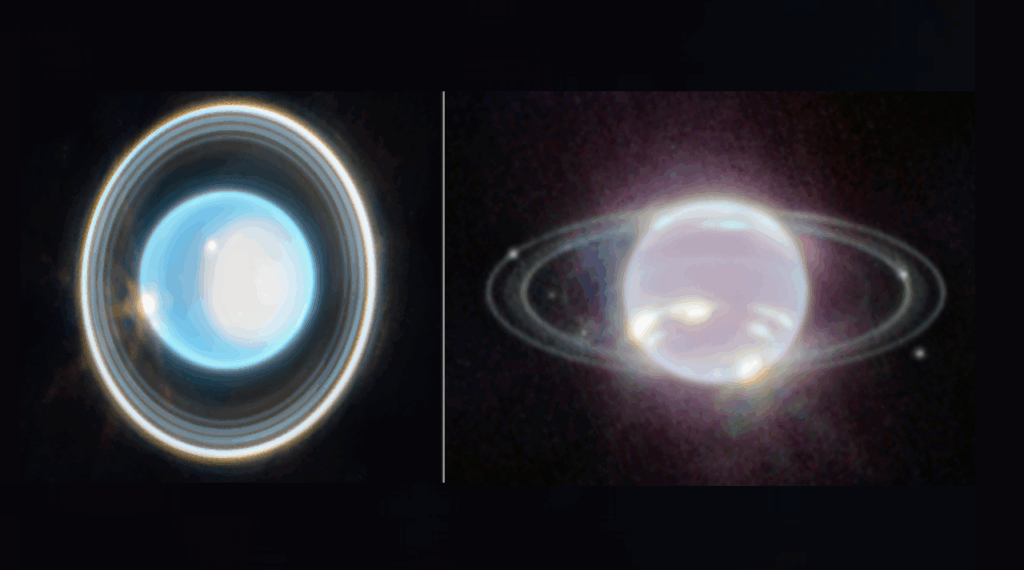Can One Hear Supercontinents In The Tides Of Ocean Planets?

Recent observations and theoretical progress made about the history of the Earth-Moon system suggest that tidal dissipation in oceans primarily drives the long term evolution of orbital systems hosting ocean planets. Particularly, they emphasise the key role played by the geometry of land-ocean distributions in this mechanism.
However, the complex way continents affect oceanic tides still remains to be elucidated. In the present study, we investigate the impact of a single supercontinent on the tidal response of an ocean planet and the induced tidally dissipated energy. The adopted approach is based on the linear tidal theory. By simplifying the continent to a spherical cap of given angular radius and position on the globe, we proceed to a harmonic analysis of the whole planet’s tidal response including the coupling with the solid part due to ocean loading and self-attraction variations.
In this framework, tidal flows are formulated analytically in terms of explicitly defined oceanic eigenmodes, as well as the resulting tidal Love numbers, dissipated power, and torque. The analysis highlights the symmetry breaking effect of the continent, which makes the dependence of tidal quantities on the tidal frequency become highly irregular.
The metric introduced to quantify this continentality effect reveals abrupt transitions between polar and non-polar configurations, and between small-sized and medium-sized continents. Additionally, it predicts that a continent similar to South America or smaller (30°-angular radius) does not alter qualitatively the tidal response of a global ocean whatever its position on the planet.
Pierre Auclair-Desrotour, Mohammad Farhat, Gwenaël Boué, Mickaël Gastineau, Jacques Laskar
Comments: 35 pages, 13 figures, 5 tables. Accepted for publication in Astronomy & Astrophysics
Subjects: Earth and Planetary Astrophysics (astro-ph.EP); Atmospheric and Oceanic Physics (physics.ao-ph); Geophysics (physics.geo-ph)
MSC classes: 85-02
Cite as: arXiv:2310.06635 [astro-ph.EP](or arXiv:2310.06635v1 [astro-ph.EP] for this version)
https://doi.org/10.48550/arXiv.2310.06635
Focus to learn more
Submission history
From: Pierre Auclair-Desrotour
[v1] Tue, 10 Oct 2023 13:57:19 UTC (6,344 KB)
https://arxiv.org/abs/2310.06635
Astrobiology








